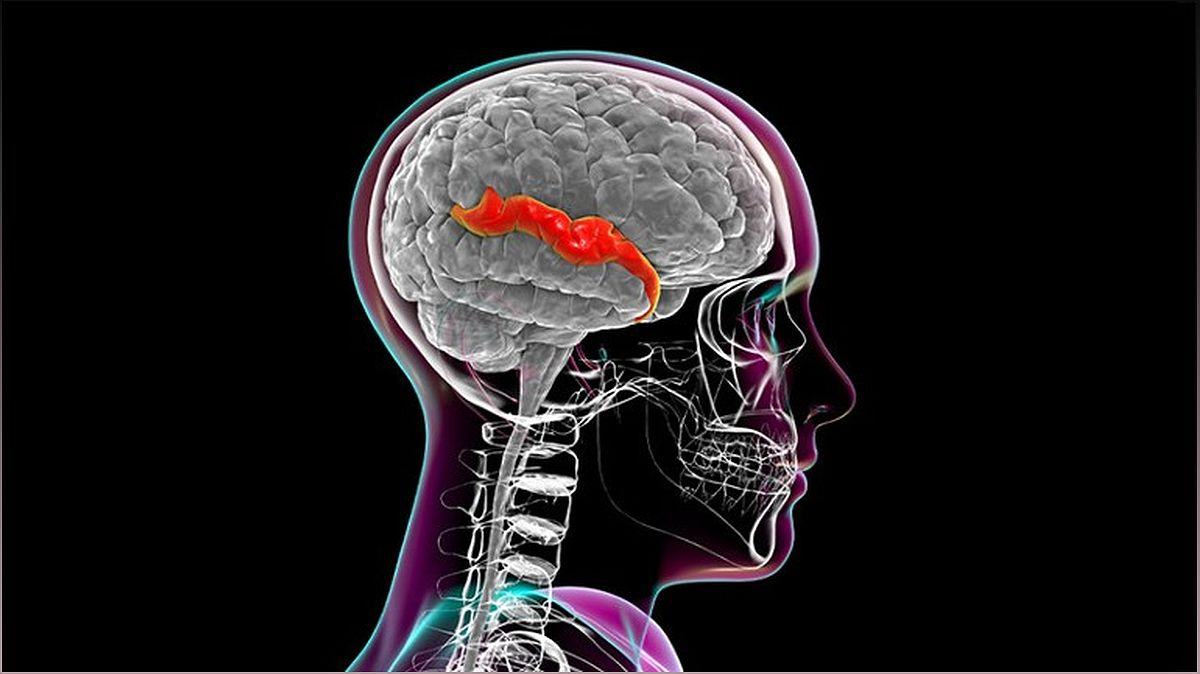Delve into the realm of language neurophysiology as scientists utilize Neuropixels technology to gain unprecedented insights into how the brain processes speech. This groundbreaking study, published in Nature, unveils the intricate workings of speech-processing neurons and their response to specific elements of speech. By analyzing recordings from awake individuals undergoing brain surgery, researchers have unlocked a new level of understanding in language neurophysiology. The findings shed light on the specialized functions of different brain regions, such as reacting to vowels or question intonation, while also revealing the brain's ability to synthesize fleeting information. This study marks a significant leap forward in our comprehension of speech processing in the brain, providing critical data that neurophysiologists have long sought. With the potential for further advancements in Neuropixels technology, the future holds exciting possibilities for unraveling the complexities of the human brain's response to speech.
Unprecedented Insights into Speech Processing
Traditional methods of studying brain activity have relied on aggregate readings from multiple neurons. However, a new study published in Nature has revolutionized our understanding of speech processing by analyzing recordings from individual neurons. By using a technology called Neuropixels, researchers were able to obtain an unprecedented level of detail about how the brain interprets speech.
The study revealed that certain speech-processing neurons exhibit increased activity in response to specific parts of speech, such as nasal sounds like 'm' and 'n', or the beginning of a sentence. This finding opens up a new realm of possibilities in the field of language neurophysiology, providing critical data that scientists have been eagerly awaiting.
Unveiling the Specialized Functions of Speech-Processing Neurons
Traditionally, researchers have relied on aggregate readings to understand brain activity. However, the use of Neuropixels technology allowed scientists to gain insights into the specialized functions of speech-processing neurons. The study focused on the superior temporal gyrus, an auditory region of the brain, and found that different regions along the probe exhibited specialized functions, such as reacting to vowels or rising intonation indicating a question.
Interestingly, each region also contained neurons with functions outside of its specialty. This mixture of neurons with diverse functions suggests that the brain has the ability to synthesize fleeting information by integrating incoming data from various sources. This finding sheds light on how the brain processes speech in a rapid and efficient manner.
Advancements in Neuropixels Technology for Human Research
Translating Neuropixels technology to human research presented several challenges. The probes had to be thickened to withstand the bulkier human brain tissue. Additionally, the human brain is constantly in motion, even when a person is still, which required the development of software to track signals from individual neurons as they moved over adjacent sensors.
Despite these challenges, the study marks a significant milestone as it is only the third publication to describe the use of Neuropixels in humans. The detailed information obtained from the recordings opens up new possibilities for understanding various aspects of the human brain, paving the way for future advancements in the field of neuroscience.
The Future of Speech Processing Research
The groundbreaking findings from this study lay the foundation for future research in speech processing. With the potential for further advancements in Neuropixels technology, scientists can delve deeper into the complexities of the human brain's response to speech.
Stay tuned in this space as researchers continue to unravel the intricacies of speech processing, answering questions about how vowels are represented in the brain and providing a deeper understanding of how the brain creates and interprets speech. The future holds exciting possibilities for unlocking the mysteries of the human brain.

